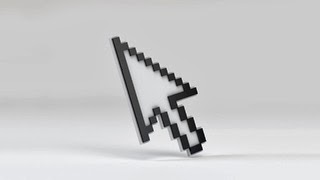Facebook just entered into an agreement to buy the hugely popular messaging app, which recently passed the milestone of 450 million active monthly users. The cost? $16 billion (more on the price below). Wow.
According to the Facebook release, WhatsApp has 450 million active monthly users and is adding one million users per day. That's an impressive clip.
Wait...How Much?
According to the release, the purchase price is $4 billion in cash, $12 billion in Facebook stock, plus another $3 billion in restricted stock given to the founders and employees, which vests after four years. If you see a $19 billion number floating around out there, that's why. In other words, everyone who works for the company now has a huge incentive to stay on—and it shows that Facebook is interested in the talent that worked on the service, in addition to the platform itself.What the heck is WhatsApp?
WhatsApp is a cross-platform messaging service that works on iOS, Android, Blackberry,Windows Phone, and yes, even Nokia's dying Symbian OS. It's basically messaging that works over your data connection or Wi-Fi instead of SMS—much like iMessage, except it works for everything. WhatsApp does multimedia, it does group chat, and it's widely used internationally. It's free for the first year, and then just $1 per year after that.According to the Facebook release, WhatsApp has 450 million active monthly users and is adding one million users per day. That's an impressive clip.
Why Does Facebook Want WhatsApp?
Facebook has been trying to nail down messaging for some time now. There were rumors that Facebook offered Snapchat $3 billion in cash, which only happened after Facebook tried to build its own version of Snapchat. Facebook Messenger is actually a nice product that works over data internationally, much like WhatsApp. Unfortunately, people don't use it, or rather, it's not incorporated into people's lives in the way text messaging is—and that's what Facebook needs. What's more, given Facebook's huge international reach, trying to edge out competitors on that front is a really smart move.What's Going to Change?
According to a blog post on WhatsApp's website, absolutely nothing. Here's what co-founder Jan Koum had to say on the topic:Do you use WhatsApp?WhatsApp will remain autonomous and operate independently. You can continue to enjoy the service for a nominal fee. You can continue to use WhatsApp no matter where in the world you are, or what smartphone you're using. And you can still count on absolutely no ads interrupting your communication. There would have been no partnership between our two companies if we had to compromise on the core principles that will always define our company, our vision and our product.




















